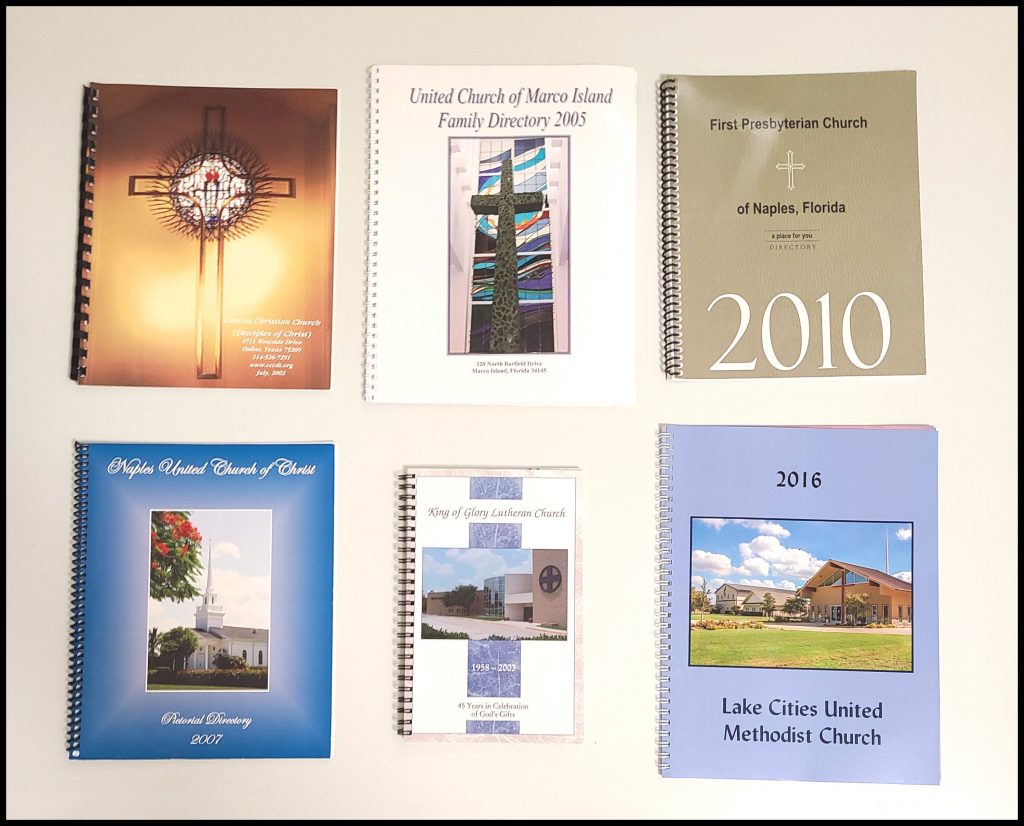For the last fifteen or so years I’ve focused on approaching life, ministry, and the life of faith from a both/and perspective rather than the either/or framework that was normative in my earlier years. For Lent, I’m accustomed to both giving something up and adding something on as a way of growing in my faith.
In past years, items in both the giving up and adding on categories have been mundane. They were not original. Nonetheless, they were helpful.
This year, for Lent I’m formally giving up the church I always knew. And, after I give it up for Lent I plan to also give it up for good.

The Church I Always Knew
When I use the phrase “the church I always knew” I think of the church I knew from birth until just before the onset of the COVID-19 pandemic.
Here are some of the characteristics of that church based on my life experiences
- Mainline Protestant. One type of Christianity in many flavors, including Disciples of Christ, Lutheran (ELCA), Presbyterian (PCUSA), United Church of Christ, and United Methodist.
- Worship in Sacred Spaces. All ongoing weekly services of worship were held in specific sacred places on the church campus with the most traditional service held in a sanctuary (usually with a magnificent pipe organ).
- Output Oriented. The old metrics of butts, bucks and buildings reigned supreme. Annual reports and other regular updates emphasized worship attendance, income generated (almost always compared to expenses to demonstrate good stewardship), and the overall upkeep (and/or latest expansion) of the facilities.
- Tech Averse. I long ago lost count of the number of times people have given me disapproving looks or worse when I’ve used my phone in worship to share my experience on social media. Additionally technology used in every aspect of the life of church has lagged significantly behind what is used in other types of Christian churches.
- Old and White. The average age of the parishioners in each congregation and of the denominations they are affiliated with greatly exceed the average age of people in a given geographic area and in the nation. Similarly, these congregations (and the denominations) are home to a far greater percentage of white people than can be found in their communities (and in the nation).
So What?
I’ve been talking about how the church is changing since my seminary days. I’ve been writing about it since starting this blog back in 2009. In the late 2000s and early to mid-2010s I created, presented, and continually revised a list of ten ways I believed the future church would differ from the present church.
None of what I’m proposing here in this post is entirely new for me. And, I’m aware it has been written about many times by many others.
The pandemic has acted as an accelerant. Some changes that had been resisted for decades had to be adopted for congregations to continue operating while in person gathering was unwise or, in some cases, illegal. While the temptation to return to the church as we always knew it will be strong for many, it won’t be possible.
Upcoming: Watch for updates in the Giving Up the Church I Always Knew series. Each Monday, I’ll explore a new characteristic and invite you to join the conversation.
Posts in the series: